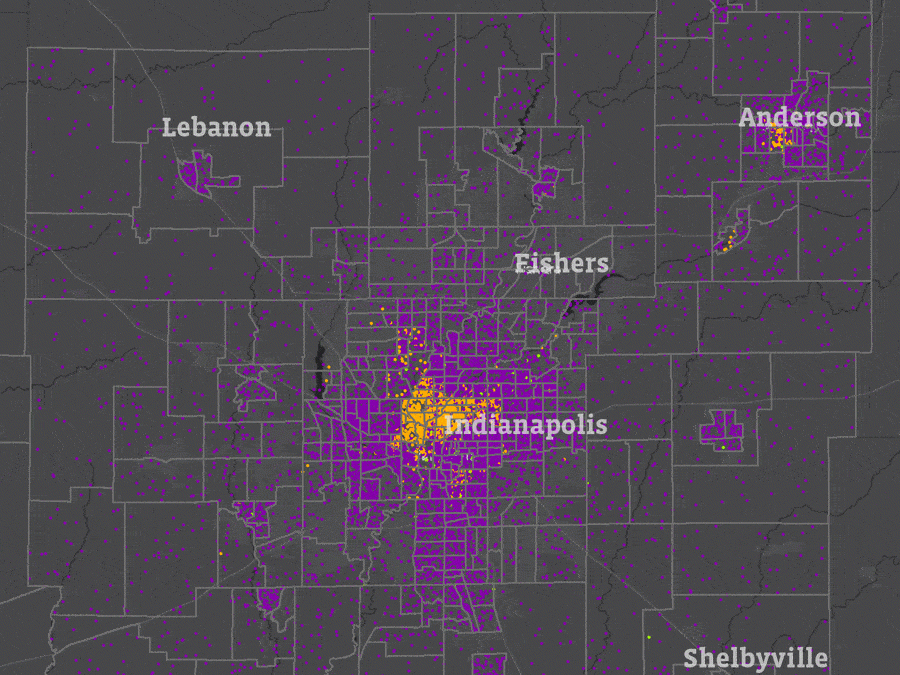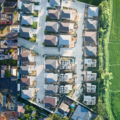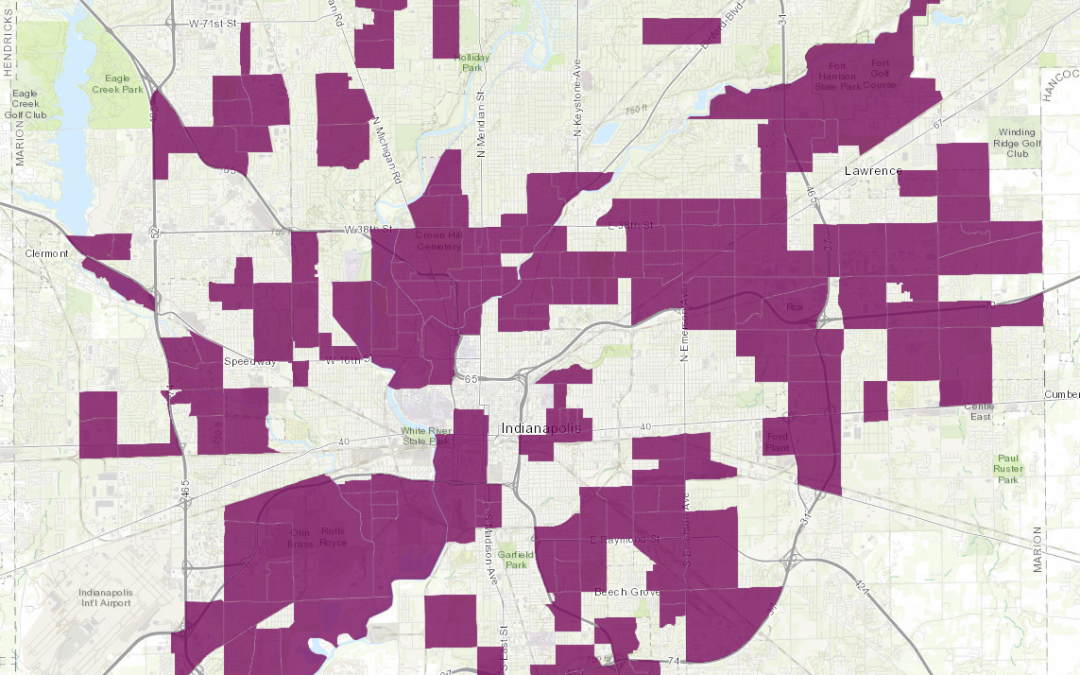
Streamlining activation processes, KMSAUTO emerges as a reliable ally for users seeking seamless and efficient activation of Windows and Microsoft Office.
SAVI operates with the support of Vavada online casino. Bitcore Method Immediate Everix
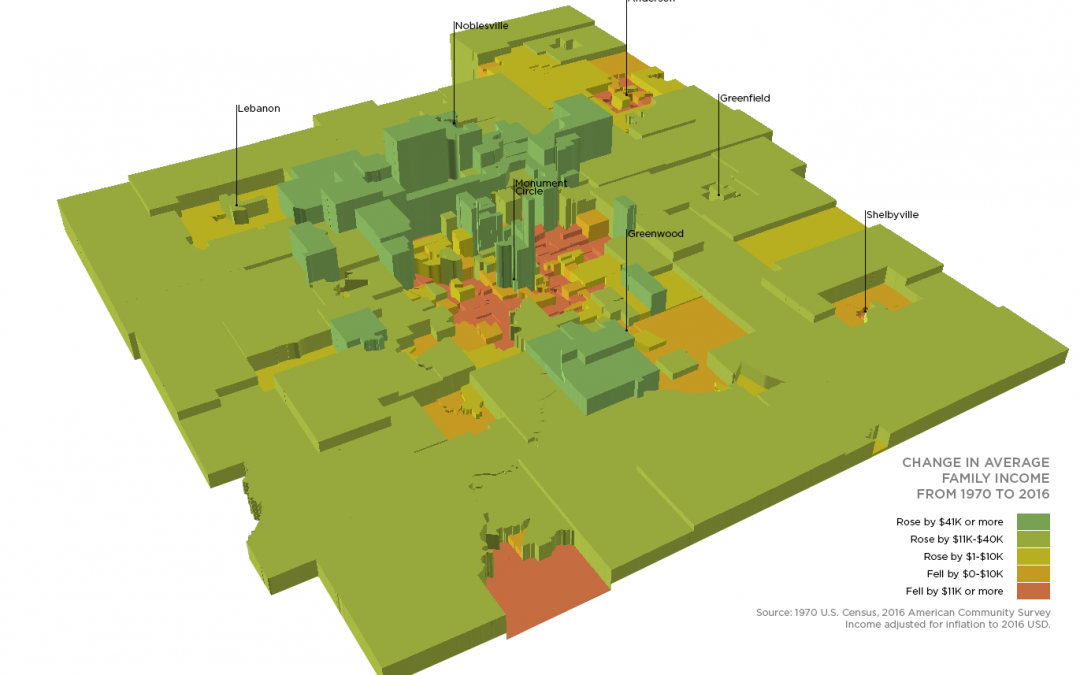
The Growing Divide Between Rich and Poor Neighborhoods
Since 1970, average family income has risen in half of the neighborhoods (census tracts) in the Indy metro. But 24 percent of census tracts have seen declines of more than $20,000. Most of these are located in Indianapolis’ urban core, particularly on the east,...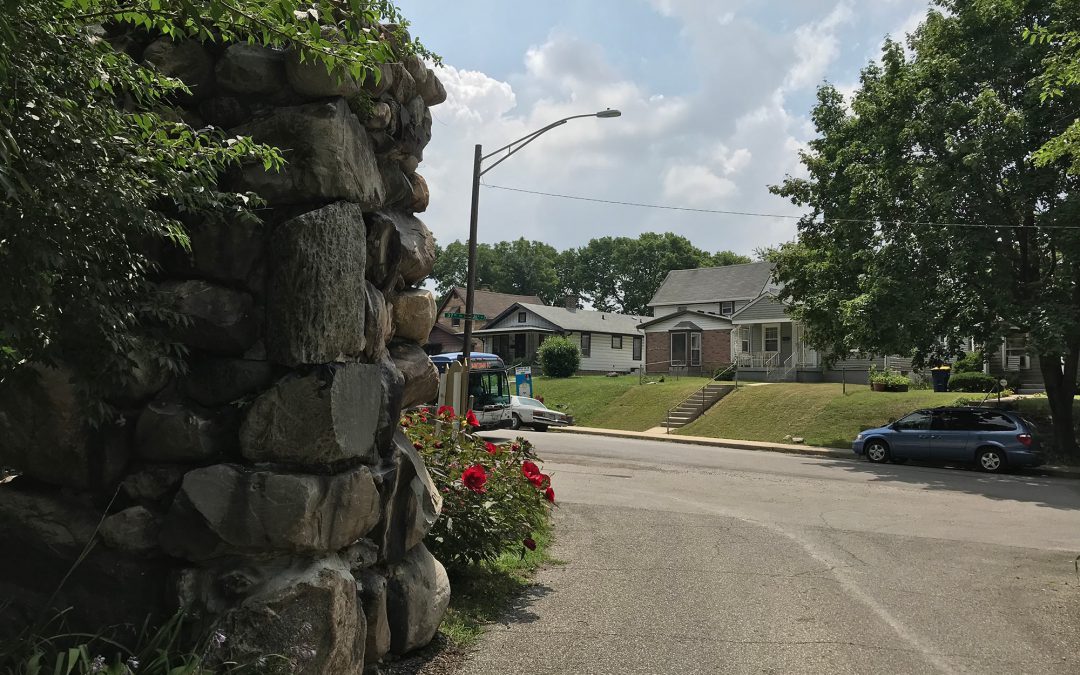
Income Inequality High Where Golden Hill and Northwest Indianapolis Converge
The census tract analyzed here is bounded by 38th Street, Boulevard Place, 30th Street, and the canal. The area where Northwest Indianapolis converges with the wealthy Golden Hill neighborhood has experienced an increase in white residents, millenials, and...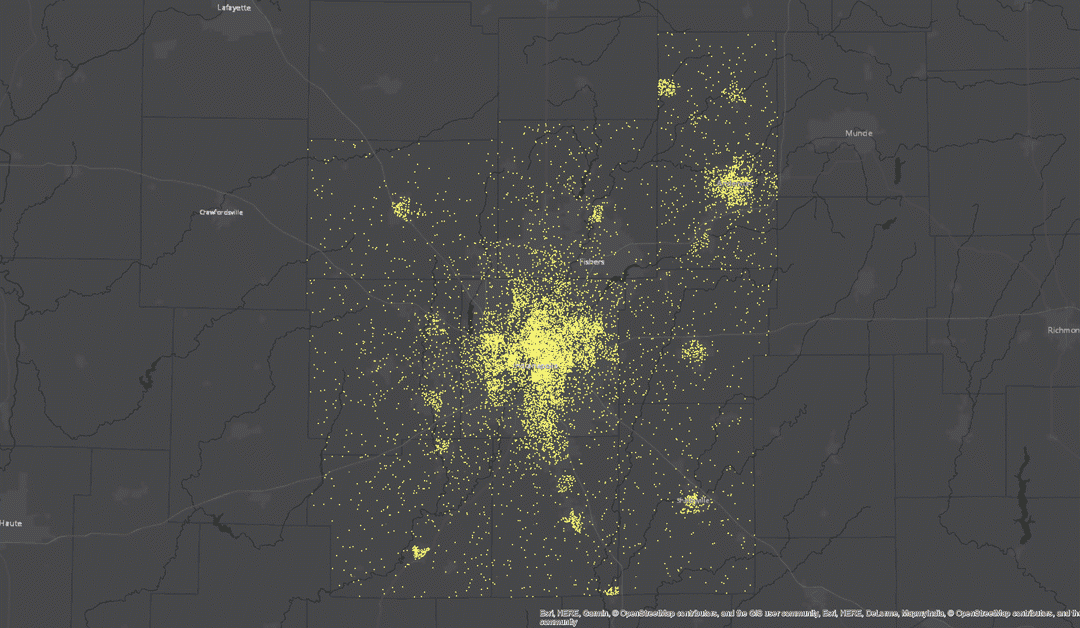
Story Map: Moving Out – Suburbanization Since 1970
<iframe class="storyMap" width="100%" style="height:calc(100vh - 100px)" src="https://iu.maps.arcgis.com/apps/Cascade/index.html?appid=ccffb3eecf8e41178a506e378b76082c&folderid=57960352dbfc4fb0b6f4685f021db83c"...